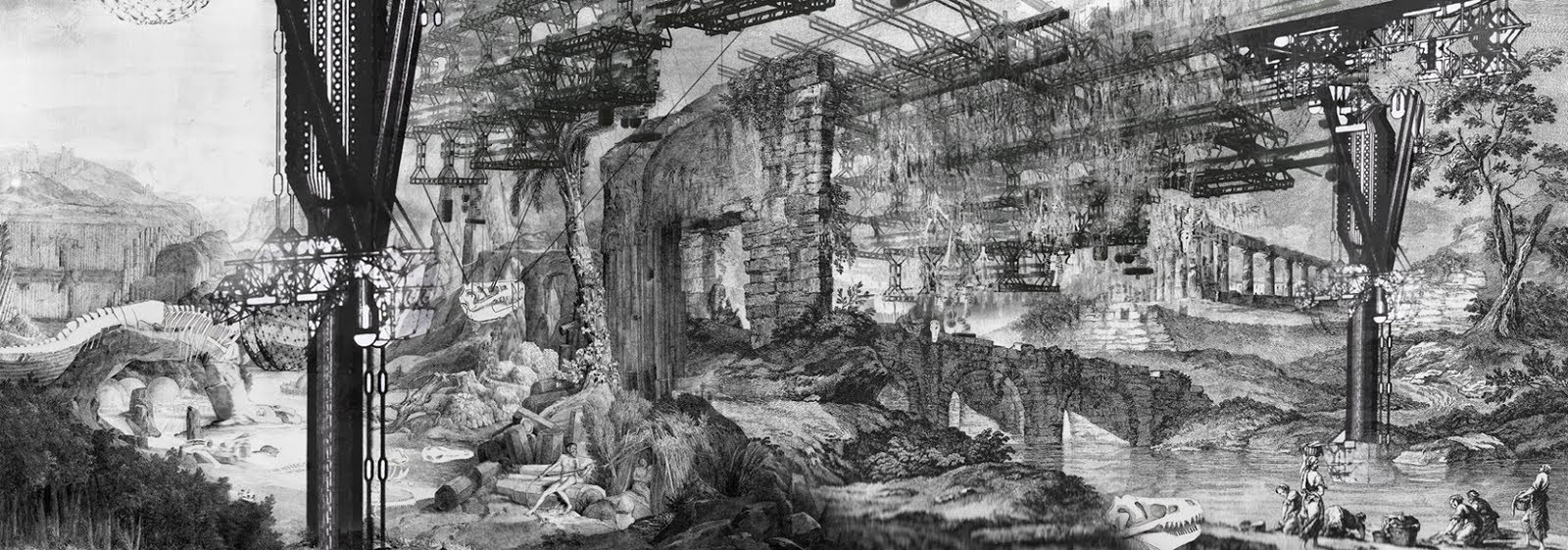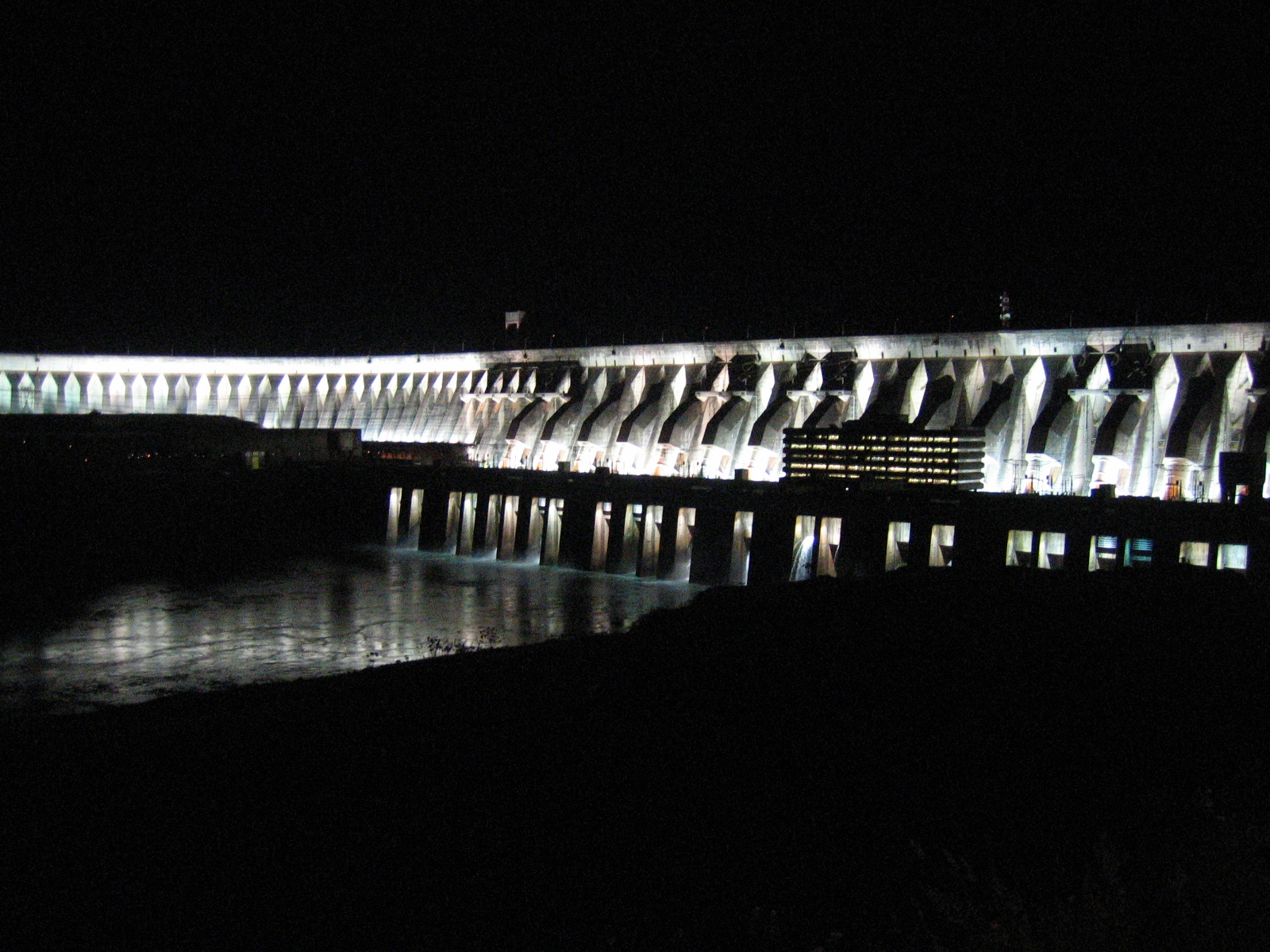The first is written by Khan et al. and entitled 'Future Internet: The Internet of Things Architecture, Possible Applications and Key Changes'. It was published as part of the 2012 10th Institute of Electrical and Electronics Engineers (IEEE) International Conference on Frontiers of Information Technology. It provides a great overview of the IoTs and its future. The second is a workshop paper by Ali and Abu-Elkheir entitled 'Data Management for the Internet of Things: Green Directions'. It comes from a 2012 IEEE conference 'Green Internet of Things'. Despite being a fairly technical paper I've chosen it because it highlights one of the major problems of ubiquitous computing, namely that its going to demand to huge amount of energy! It stresses the need for (and proposes) efficient and sustainable solutions to this problem so that we can have all the benefits the the IoTs will bring without bringing about crippling environmental change.
So, what is the Internet of Things?
It sounds like corporate jargon but really its definition is quite specific. Ali and Abu-Elkheir (2012) define it as:
a networking paradigm that exploits data capture and communication capabilities to link the volume growth of sensors, Radio Frequency Identification (RFID) tags, and smart objects directly to the internet. The ultimate purpose of IoT is to provide a standard platform for developing cooperative services and applications capable of harnessing the collective power of information and resources available through the individual "Things" and systems managing the aforementioned Things.
What this means its that it is the process of connecting all sorts of objects to the internet and letting them communicate with each-other. Khan et al. (2012) writes:
Thus, IoT provides connectivity for everyone and everything. The IoT embeds some intelligence in Internet connected objects to communicate, exchange information, take decisions, invoke actions and provide amazing services.
This is why is also called ubiquitous computing. By now almost all desktop computers, laptops, tablets, smart phones etc. are connected to the internet. In a few years time this will happen for cars, televisions even smoke detectors. Khan gives a simple schematic as an example:
 |
| The generic IoT senario (Source: Khan et. al. 2012) |
.... but of course this could and will include of sorts of other things like I've been exploring in this blog like dams, roads, and observation satellites. So this is what the internet will look like a few years time indeed it is already beginning to take this form but what are the problems inhibiting the growth of this sort of things? Well, there are many but I want to focus here on one in particular. It's one of the largest, if not the largest: energy efficiency.
The IoT can be described as having 3 components: hardware, software and data. For the most part the hardware to do this already exists so that's not the problem. The software may not yet be written but its certainly not an huge barrier to write it: we have the technology with the latest high-level programming languages and the people (and money) to get it written. Ali and Abu-Elkheir (2012) stress that data is the issue.
IoT data is different from previously collected, stored and processed data in that it is ...
'a massive volume of heterogeneous, streaming and geographically-dispersed real-time data ...
created by million [or billions] of diverse devices periodically sending observations
about certain monitored phenomena or reporting the occurrence of certain
or abnormal events of interest' (Ali and Abu-Elkheir, 2012).
and take a look at their website - here.
So what are the issues here? Well there need to be (and there is!) research undertaken and conversations begun about what information should be recorded. Of course this also ties the other huge problem of implementing the IoT: privacy. To read up on this debate check out the guardian's piece here. This is an art and not a science and will evolve as sentiment and political powers evolve - but there is a clear environmental constraint here - we simply cannot record everything as we just dont have the energy to do that!
On a more technical side there are things we can do to improve the systems. There is also intense research here and Ali and Abu-Elkheir (2012) outline the four major fields of trends: the development of efficient indexing schemes, scalable archiving, localized data-centric storage, and migrating data to the cloud. Whilst the technical aspect of these may be lost to you reading this (they are on me) they make some general sense in what they're trying to achieve:
Efficient Indexing ~ being able to find things in the data quickly by good labelling,
Scalable archiving ~ putting things in the right place like things that will be used lots somewhere quick and easy to get to and visa versa,
Localized data-centric storage ~ understanding the geographies of data and its usage,
Migrating data to the cloud ~ removing the geographies of data in a clever way,
One other thing that this paper highlights is the life cycle of data - not all things need to be kept forever - but some do!
The point to be made here is that there is a clear need to further analysis and address the issue of the energy efficiency of the IoT otherwise it wont be possible and we'll continue to put the planet's environmental systems under stress. But there are lots of routes to explore for improvements so we have reason to be hopeful!
Conclusions
So in this post I've tried to introduce and flesh out the Internet of Things. Khan et al. (2012) sum things up nicely:
The IoT embeds intelligence in the sensor devices to autonomously communicate, exchange information and take intelligent decisions. Simply, IoT transitions human-human communication to human-human, human-device and device-device communication.
When this is taken along side development in computational power (see previous post on Moore's law) and in context of integrating these technologies in with the natural world, I hope I have had even the smallest amount of success in conveying how exciting the coming decades promise to be!








.jpg)




